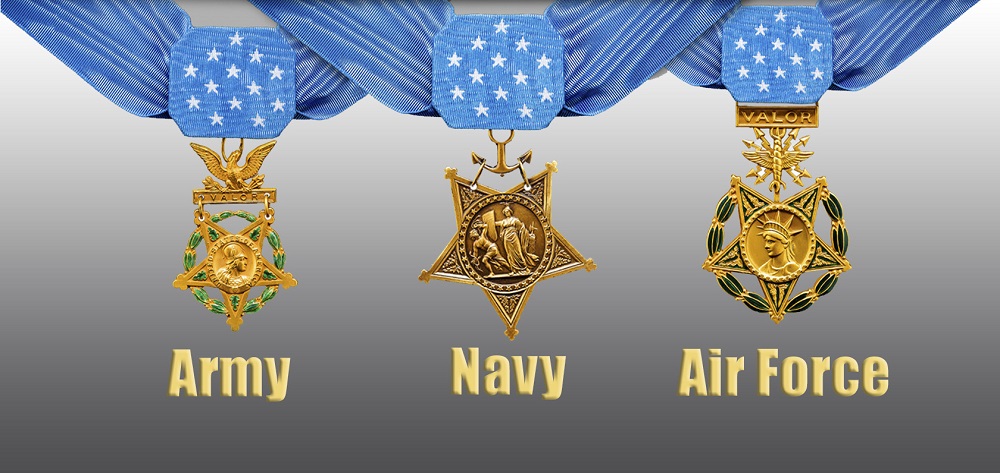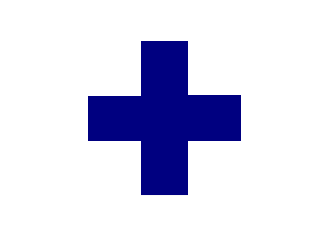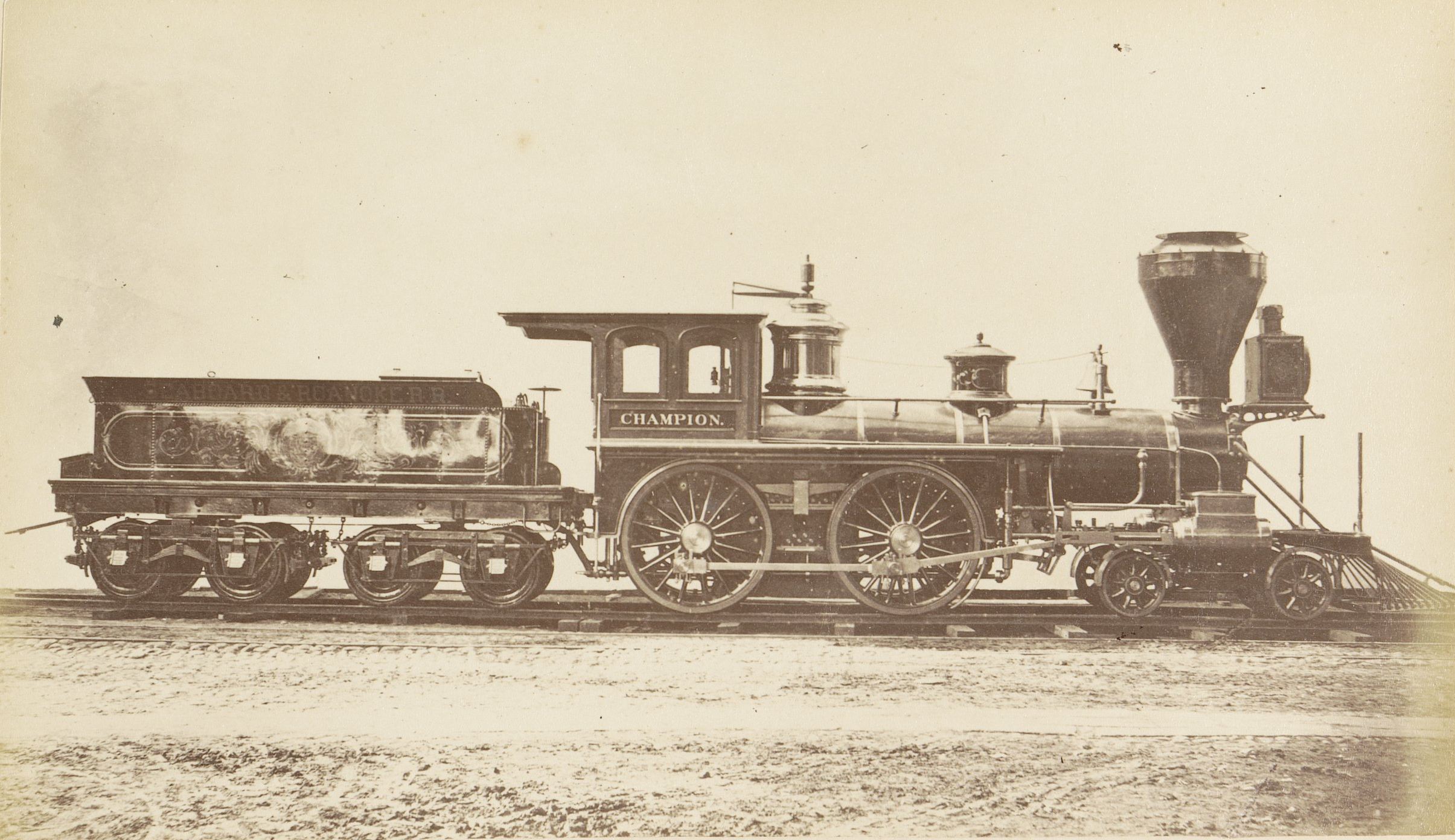|
Carrsville, Virginia
Carrsville is a census-designated place (CDP) in Isle of Wight County in the Hampton Roads region of southeastern Virginia in the United States. The population as of the 2010 Census was 359. The town is named for Jesse Carr, whose family had long roots in Isle of Wight County. Jesse Carr died in the place that would later bear his name. Carrsville was located on the Portsmouth and Roanoke Railroad, built through the area in the mid-1830s to provide a link between the Roanoke River and the port areas of Norfolk and Portsmouth. The railroad is now part of CSX Transportation. History According tCivil War Encyclopedia on November 17, 1862, 150 Union soldiers encountered and fought with 400 Confederate cavalry between Carrsville and Holland's corners. No casualties were reported. In May, 1862, Union forces controlled Norfolk and Portsmouth, Virginia. The Union army had a garrison at Suffolk, fifteen miles east of Carrsville. Between April 11 and May 4, 1863, Lt. General James Longs ... [...More Info...] [...Related Items...] OR: [Wikipedia] [Google] [Baidu] |
Census-designated Place
A census-designated place (CDP) is a concentration of population defined by the United States Census Bureau for statistical purposes only. CDPs have been used in each decennial census since 1980 as the counterparts of incorporated places, such as self-governing cities, towns, and villages, for the purposes of gathering and correlating statistical data. CDPs are populated areas that generally include one officially designated but currently unincorporated community, for which the CDP is named, plus surrounding inhabited countryside of varying dimensions and, occasionally, other, smaller unincorporated communities as well. CDPs include small rural communities, edge cities, colonias located along the Mexico–United States border, and unincorporated resort and retirement communities and their environs. The boundaries of any CDP may change from decade to decade, and the Census Bureau may de-establish a CDP after a period of study, then re-establish it some decades later. Mo ... [...More Info...] [...Related Items...] OR: [Wikipedia] [Google] [Baidu] |
James Longstreet
James Longstreet (January 8, 1821January 2, 1904) was one of the foremost Confederate generals of the American Civil War and the principal subordinate to General Robert E. Lee, who called him his "Old War Horse". He served under Lee as a corps commander for most of the battles fought by the Army of Northern Virginia in the Eastern Theater, and briefly with Braxton Bragg in the Army of Tennessee in the Western Theater. After graduating from the United States Military Academy at West Point, Longstreet served in the United States Army during the Mexican–American War. He was wounded in the thigh at the Battle of Chapultepec, and during recovery married his first wife, Louise Garland. Throughout the 1850s, he served on frontier duty in the American Southwest. In June 1861, Longstreet resigned his U.S. Army commission and joined the Confederate Army. He commanded Confederate troops during an early victory at Blackburn's Ford in July and played a minor role at the First Battle of ... [...More Info...] [...Related Items...] OR: [Wikipedia] [Google] [Baidu] |
Medal Of Honor
The Medal of Honor (MOH) is the United States Armed Forces' highest military decoration and is awarded to recognize American soldiers, sailors, marines, airmen, guardians and coast guardsmen who have distinguished themselves by acts of valor. The medal is normally awarded by the president of the United States, but as it is presented "in the name of the United States Congress", it is sometimes erroneously referred to as the "Congressional Medal of Honor". There are three distinct variants of the medal: one for the Department of the Army, awarded to soldiers, one for the Department of the Navy, awarded to sailors, marines, and coast guardsmen, and one for the Department of the Air Force, awarded to airmen and guardians. The Medal of Honor was introduced for the Department of the Navy in 1861, soon followed by the Department of the Army's version in 1862. The Department of the Air Force used the Department of the Army's version until they received their own distinctive versio ... [...More Info...] [...Related Items...] OR: [Wikipedia] [Google] [Baidu] |
182nd New York Infantry Regiment
The 182nd New York Infantry Regiment was an infantry regiment in the Union Army during the American Civil War. Service The 182nd New York Infantry was organized at New York City, New York in November 1862 and mustered in under the command of Colonel Mathew Murphy. Man of the men who enlisted were serving in the 69th New York State Militia. The regiment was attached to Newport News, Virginia, Department of Virginia, to December 1862. Corcoran's Brigade, Division at Suffolk, VII Corps, Department of Virginia, to April 1863. 3rd Brigade, 1st Division, VII Corps, to July 1863. Corcoran's Brigade, King's Division, XXII Corps, Department of Washington, to November 1863. 1st Brigade, Corcoran's Division, XXII Corps, to December 1863. 2nd Brigade, Tyler's Division, XXII Corps, to May 1864. 4th Brigade, 2nd Division, II Corps, Army of the Potomac, to June 1864. 2nd Brigade, 2nd Division, II Corps, to July 1865. The 182nd New York Infantry mustered out of service July 15, 1865. Detail ... [...More Info...] [...Related Items...] OR: [Wikipedia] [Google] [Baidu] |
170th New York Infantry Regiment
The 170th New York Infantry Regiment was an infantry regiment in the Union Army during the American Civil War. Service The 170th New York Infantry was organized at New York City, New York, and mustered on October 7, 1862, at Staten Island under the command of Colonel Peter McDermott. The regiment was attached to District of Newport News, Virginia, Department of Virginia, to December, 1862 Corcoran's Brigade, Division at Suffolk, Virginia, VII Corps, Department of Virginia, to April 1863. 3rd Brigade, 1st Division, VII Corps, to July 1863. Corcoran's Brigade, King's Division, XXII Corps, Department of Washington, to November 1863. 1st Brigade, Corcoran's Division, XXII Corps, to December 1863. 2nd Brigade, Tyler's Division, XXII Corps, to May 1864. 4th Brigade, 2nd Division, II Corps, Army of the Potomac, to June 1864. 2nd Brigade, 2nd Division, II Corps, to July 1865. The 170th New York Infantry mustered out of service July 19, 1865, at Raleigh, North Carolina. Detailed servi ... [...More Info...] [...Related Items...] OR: [Wikipedia] [Google] [Baidu] |
112th New York Infantry Regiment
The 112th New York Infantry Regiment was an infantry regiment in the Union Army during the American Civil War. Service The 112th New York Infantry was organized at Jamestown, New York, Jamestown, New York (state), New York and mustered in for three years service on September 11, 1862 under the command of Colonel (United States), Colonel Jeremiah C. Drake. The regiment was attached to Foster's Provisional Brigade, Division at Suffolk, VII Corps (Union Army), VII Corps, Department of Virginia, to December 1862. Gibbs' Provisional Brigade, Division at Suffolk, VII Corps, to April 1863. 2nd Brigade, 1st Division, VII Corps, to July 1863. Foster's Brigade, Vodges' Division, Folly Island, South Carolina, X Corps (Union Army), X Corps, Department of the South, to February 1864. 1st Brigade, Vodges' Division, District of Florida, to April 1864. 2nd Brigade, 3rd Division, X Corps, Army of the James, Department of Virginia and North Carolina, to May 1864. 2nd Brigade, 3rd Division, XVIII Co ... [...More Info...] [...Related Items...] OR: [Wikipedia] [Google] [Baidu] |
7th Massachusetts Infantry Regiment
The 7th Regiment Massachusetts Volunteer Infantry was an infantry regiment in the Union army during the American Civil War. It was formed on June 15, 1861, in Taunton. Its original commander was Colonel Darius N. Couch who would eventually be promoted to command the II Corps of the Army of the Potomac and, after that, the Department of the Susquehanna. Organization and early duty The 7th Massachusetts consisted almost entirely of men from Bristol County, Massachusetts. The regiment was trained at Camp Old Colony in Taunton, Massachusetts. On June 15, 1861, its members were mustered into service."Stevens" On July 11, the 7th Massachusetts left for Washington, D.C. where it remained encamped until the spring of 1862. For most of that period, the regiment was stationed in Brightwood, now a neighborhood of Washington but, at the time, outside of the urban area of the city. There they worked with other regiments to construct a defensive fortification known as Fort Stevens. The c ... [...More Info...] [...Related Items...] OR: [Wikipedia] [Google] [Baidu] |
6th Massachusetts Militia Regiment
The 6th Regiment Massachusetts Volunteer Militia was a peacetime infantry regiment that was activated for federal service in the Union army for three separate terms during the American Civil War (1861-1865). The regiment gained notoriety as the first unit in the Union Army to suffer fatal casualties in action during the Civil War in the Baltimore Riot and the first militia unit to arrive in Washington D.C. in response to President Abraham Lincoln's initial call for 75,000 troops. Private Luther C. Ladd of the 6th Massachusetts is often referred to as the first Union soldier killed in action during the war. In the years immediately preceding the war and during its first enlistment, the regiment consisted primarily of companies from Middlesex County. During its first term of service, four out of ten companies of the regiment were from Lowell, Massachusetts. Colonel Edward F. Jones commanded the regiment during its first term. He later commanded the 26th Massachusetts and was ... [...More Info...] [...Related Items...] OR: [Wikipedia] [Google] [Baidu] |
Seaboard & Roanoke Railroad
The Seaboard and Roanoke Railroad was organized in 1833 (as the Portsmouth and Roanoke Railroad) to extend from the area of the rapids of the Roanoke River at its fall line near Weldon, North Carolina to Portsmouth, Virginia, across the Elizabeth River from Norfolk on the harbor of Hampton Roads. History In the early 19th century, competition was fierce among Virginia's port cities to be the point where export products such as tobacco could be transferred to ocean-going and coast-wise shipping. Canals, turnpikes and railroads became important conduits in the antebellum period in Virginia. The original goal of the Portsmouth and Roanoke Railroad was to provide a link for shipments of goods originating on the Roanoke River and its canal system from points west to reach port facilities in the Norfolk area on the harbor of Hampton Roads. For such traffic, Norfolk and Portsmouth were fiercely competitive with Petersburg, which had access to the navigable portion of the James River at ... [...More Info...] [...Related Items...] OR: [Wikipedia] [Google] [Baidu] |
VII Corps (Union Army)
Two corps Corps (; plural ''corps'' ; from French , from the Latin "body") is a term used for several different kinds of organization. A military innovation by Napoleon I, the formation was first named as such in 1805. The size of a corps varies great ... of the Union Army were called VII Corps during the American Civil War. VII Corps (Department of Virginia) This corps was established 22 July 1862 from various Union troops stationed in southeastern Virginia. The corps' main combat action occurred in the spring of 1863, when it faced Confederate States of America, Confederate troops of James Longstreet's Corps in Suffolk, Virginia. Commanders were: *John Adams Dix 22 July 1862 – 16 July 1863 *Henry Morris Naglee 16–20 July 1863 *George W. Getty 20 July – 1 August 1863 The corps was discontinued on August 1, 1863, and its troops were transferred to the XVIII Corps (Union Army), Eighteenth Corps. VII Corps (Department of Arkansas) After the original VII Corps w ... [...More Info...] [...Related Items...] OR: [Wikipedia] [Google] [Baidu] |




